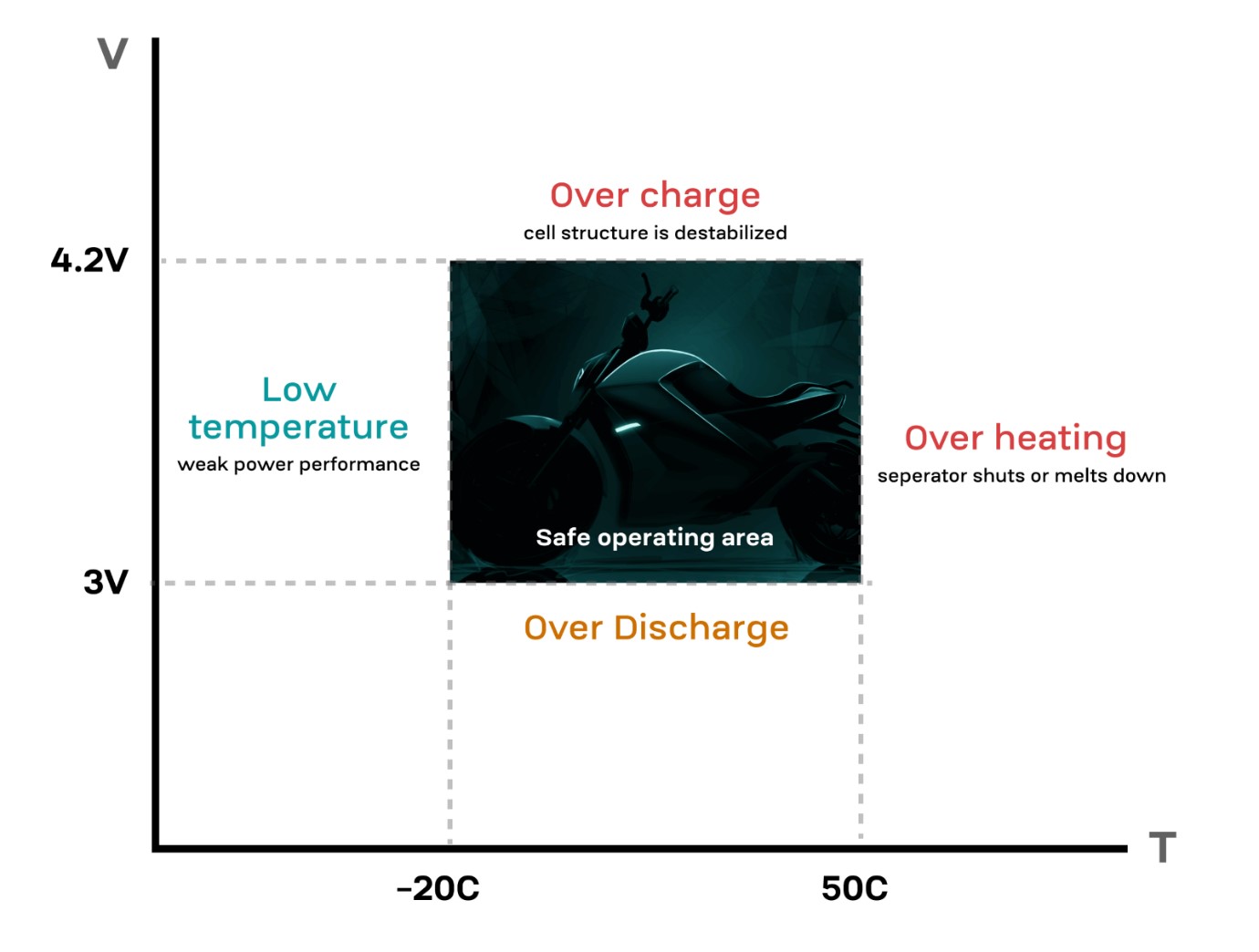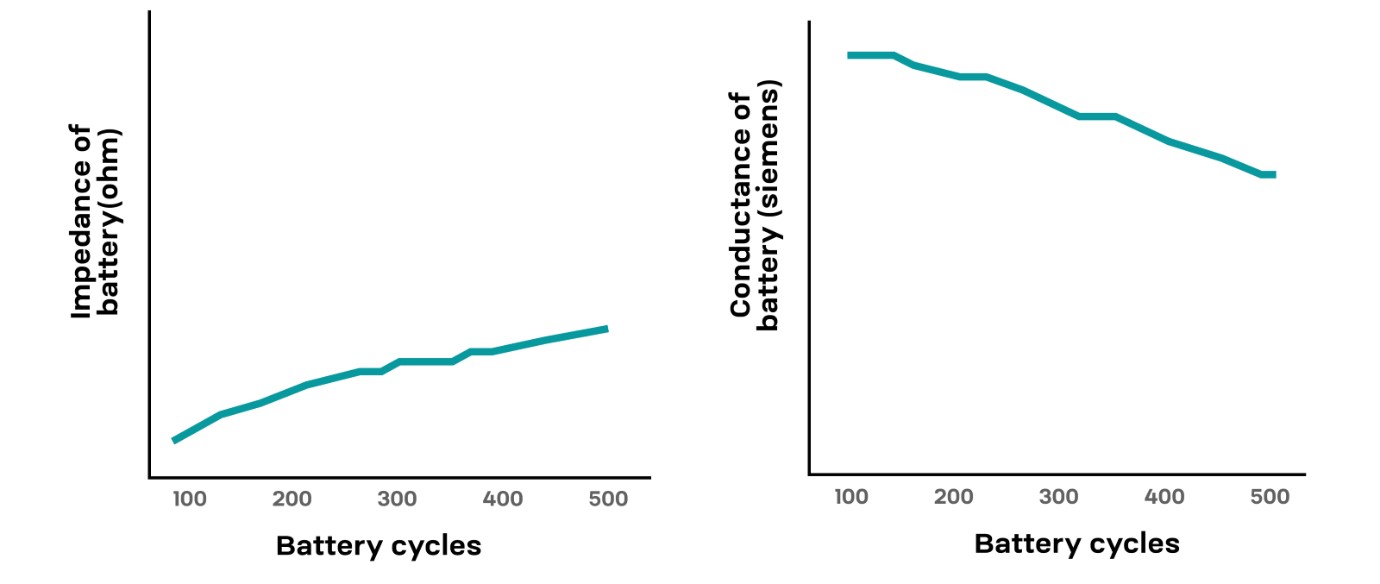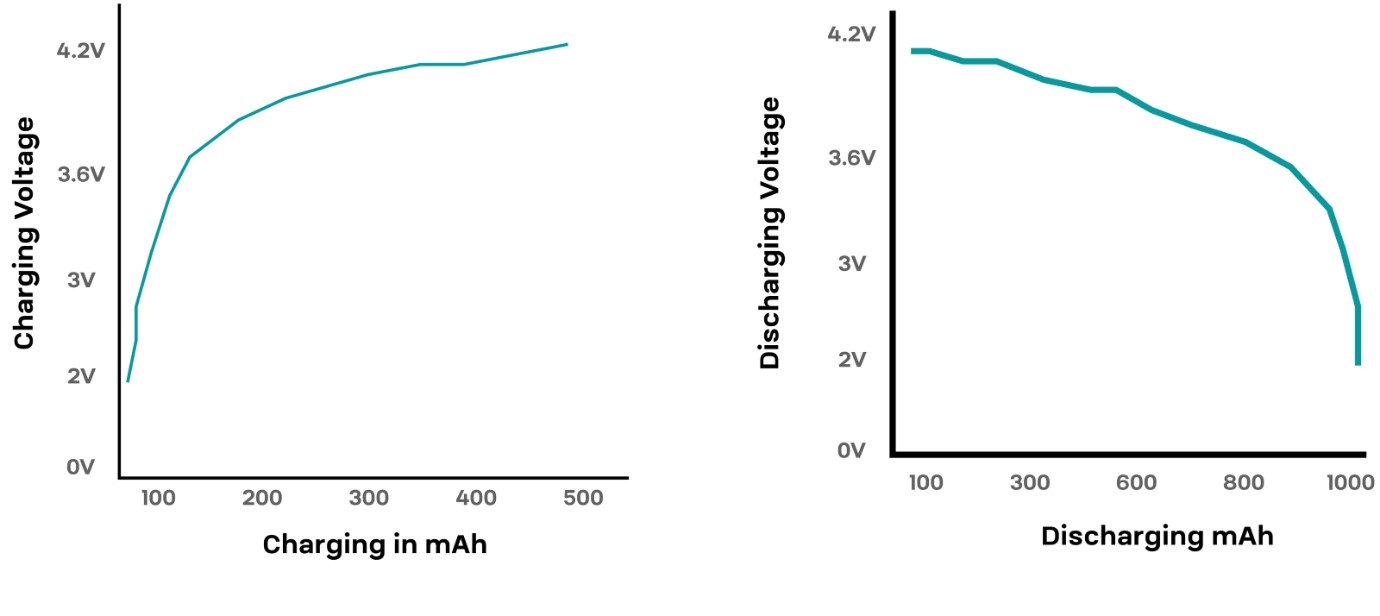
In recent years, the automotive industry has witnessed a significant shift towards electric vehicles (EVs) due to their environmental benefits and technological advancements. EVs are changing the game by offering a cleaner, more sustainable mode of transportation. However, along with their numerous advantages, EVs also present unique challenges, particularly concerning safety. One crucial component that plays a vital role in enhancing the safety of electric vehicles is the Battery Management System (BMS). BMS in electric vehicles improves many facets.
Let’s start by defining a BMS and discussing its importance in an electric car. An electrical system called a battery management system (BMS) controls rechargeable batteries, including those found in electric cars. Its main duties are keeping an eye on the battery’s condition, managing its charging and discharging, and preventing it from being used beyond of its safe working range making BMS in electric vehicles crucial.
The role of a BMS in improving safety in electric vehicles is multi-faceted. One of the critical safety aspects of a BMS is its ability to monitor the temperature of the battery cells. Lithium-ion batteries, which are commonly used in EVs, can be prone to overheating, which can lead to thermal runaway—a chain reaction of increasing temperature and pressure that can result in a fire or explosion. The BMS continuously monitors the temperature of the battery cells and can take preventive measures, such as reducing charge transfer rates or shutting down the battery, to prevent overheating.
Firstly, let’s understand what a BMS is and why it is essential in an electric vehicle. A BMS is an electronic system that manages a rechargeable battery, such as those used in electric vehicles. Its primary functions include monitoring the state of the battery, controlling its charging and discharging, and protecting it from operating outside its safe operating area.
The role of a BMS in improving safety in electric vehicles is multi-faceted. One of the critical safety aspects of a BMS is its ability to monitor the temperature of the battery cells. Lithium-ion batteries, which are commonly used in EVs, can be prone to overheating, which can lead to thermal runaway—a chain reaction of increasing temperature and pressure that can result in a fire or explosion. The BMS continuously monitors the temperature of the battery cells and can take preventive measures, such as reducing charge transfer rates or shutting down the battery, to prevent overheating.
A BMS is also essential for safeguarding the battery against overcharging and overdischarging, which can shorten its lifespan and perhaps cause safety problems. By keeping an eye on the battery’s voltage and current, the BMS makes sure it stays within safe operating parameters, prolonging its life and improving safety.
The safe operating area (SOA) on the voltage versus temperature graph denotes the range within which both operating temperature and voltage should remain to ensure safe operation.

If the battery’s temperature exceeds the safe operating range due to excessively warm or hot conditions, it enters an over-temperature state, posing hazards such as thermal runaway and serious collateral damage to the components of the vehicle . Typically, a plastic battery case softens at around 94°C and melts above 149°C, and in extreme cases, the battery can even melt or explode.
Similarly, cold or freezing temperatures can lead to an under-temperature condition, slowing down chemical reactions within the battery and affecting its power output and making the cell non-functional permanently.
An overcharge occurs when the voltage exceeds its optimal limits, damaging the battery and rendering it useless. Conversely, when the voltage drops below its optimal range, it’s considered an under-charge. All these conditions pose risks of battery damage or danger.
To mitigate these risks, a reliable Battery Management System (BMS) monitors each cell in the circuit and intervenes by terminating the battery’s charge if any of these ideal states are exceeded.
Other functions of BMS
A Battery Management System (BMS) typically monitors both the State of Health (SoH) and State of Charge (SoC) of a battery making BMS in electric vehicles far more important.
State of Health (SOH)
State of health denotes a battery’s current condition or capacity relative to its optimal state. It aids in gauging the percentage of usable battery life remaining.
Changes in parameters like impedance or conductance vary with a battery’s age and can serve as indicators of its State of Health (SOH). As these parameters increase, the battery’s performance deteriorates while its temperature rises. Impedance and conductance exhibit an inverse relationship: as impedance rises, conductance decreases, and vice versa.

State of Charge (SOC) for BMS in Electric Vehicles
The state of charge (SOC) measures the remaining power or energy within a battery, calculated by comparing the remaining battery capacity to its total capacity.
Take, for instance, the charging and discharging curve of a lithium-ion battery depicted in the graphs below. The voltage during charging and discharging gradually alters the battery’s state until reaching a stable state during the final discharge.

The most effective way to measure a battery’s capacity is through Coulomb Counting, which involves tracking the incoming and outgoing currents over time. This method takes initial charge content of cells as reference and compares it with the accurately measured current flow over a period of time calculating the charge transfer through the cell over a period of time, concluding the number of Ah that has been transferred through the cell.
In conclusion, the role of a BMS in electric vehicles is to improve safety and cannot be overstated. By monitoring the temperature of the battery cells, balancing the charge of individual cells, and protecting the battery from overcharging and over-discharging, a BMS plays a vital role in ensuring the safe operation of an electric vehicle.
As the adoption of electric vehicles continues to grow, the importance of BMS in electric vehicles is to enhance safety and will become increasingly apparent, making it a crucial component of the electric vehicle ecosystem.
About the Author Karthikeyan A, Co-Founder & VP Electronics, Raptee
A production engineering graduate from MIT, Karthikeyan A, Co-Founder & VP Electronics, Raptee has always possessed an innate fascination with electricals and electronics. Even during his early years, he would routinely disassemble and reassemble various devices, nurturing his curiosity and problem-solving skills.
Karthikeyan A journey to becoming a crucial part of Raptee’s founding team began during his college years. Despite his mechanical engineering background, he harboured a burning interest in the burgeoning field of electric vehicles (EVs).
Recognizing Raptee’s need for his expertise in electrical aspects, he eagerly accepted the challenge and assumed responsibility for these critical components.
As Raptee’s journey to establish itself in the EV industry unfolded, his dedication and skill set didn’t go unnoticed. Thanks to his unwavering commitment and proficiency, he was appointed as the head of Electricals and Electronics within the company. With this dynamic quartet at the helm, Raptee embarked on its mission to make a lasting impact in the world of electric vehicles.



